Placing native plants on a grassy slope
sujiwan_gw 6b MD/PA
10 years ago
Featured Answer
Sort by:Oldest
Comments (13)
sc77 (6b MA)
10 years agoSuzi AKA DesertDance So CA Zone 9b
10 years agoRelated Professionals
East Patchogue Landscape Architects & Landscape Designers · Surprise Landscape Contractors · Brookside Landscape Contractors · Lemoore Landscape Contractors · Mahwah Landscape Contractors · Pueblo West Landscape Contractors · Suitland Landscape Contractors · Wallingford Landscape Contractors · West Palm Beach Landscape Contractors · Draper Decks, Patios & Outdoor Enclosures · Lacey Decks, Patios & Outdoor Enclosures · Olathe Decks, Patios & Outdoor Enclosures · Springfield Decks, Patios & Outdoor Enclosures · Claremont Swimming Pool Builders · Englewood Swimming Pool Buildersmad_gallica (z5 Eastern NY)
10 years agomad_gallica (z5 Eastern NY)
10 years agosc77 (6b MA)
10 years agopls8xx
10 years agosujiwan_gw 6b MD/PA
10 years agosc77 (6b MA)
10 years agopls8xx
10 years agomad_gallica (z5 Eastern NY)
10 years agonandina
10 years agolazy_gardens
10 years ago
Related Stories

GARDENING GUIDES15 Native Flowers That Feed Native Bees
These perennials offer superfood to hundreds of bees and are gorgeous in their own right
Full Story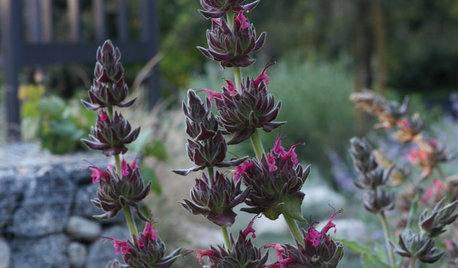
FLOWERS AND PLANTSHummingbird Sage Lures Wildlife With Its Sweet, Fruity Fragrance
This native California ground cover thrives with little water on grassy slopes, under trees or in patio containers
Full Story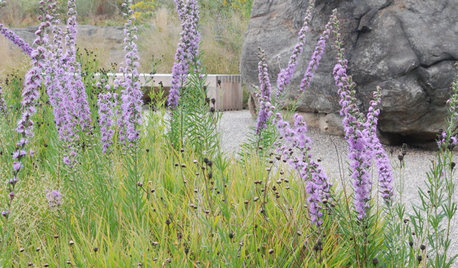
INSPIRING GARDENSNative Plants Inspire and Educate at NYC's Botanical Garden
Stroll through the new Native Plant Garden with us to get great ideas for plant choices and sustainability
Full Story
GARDENING GUIDES10 Top Native Plants for the U.S. Southeast
For a low-maintenance and wildlife-friendly landscape, use Southern natives that withstand heat and humidity
Full Story
LANDSCAPE DESIGNNative Plants Help You Find Your Garden Style
Imagine the garden of your dreams designed with plants indigenous to your region
Full Story
INSPIRING GARDENSNative Plants Bring 10 Southern California Front-Yard Gardens to Life
Rare plants, rain gardens and wildlife habitats are just a few of the features showcased on the 2016 Theodore Payne Native Plant Garden Tour
Full Story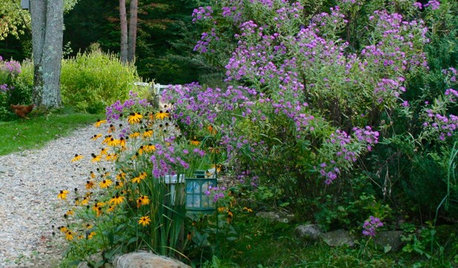
GARDENING GUIDESTop 10 Native Plants for the Northeast
For a low-maintenance, wildlife-friendly landscape, use native plants adapted to the climate and range of soils in the Northeast
Full Story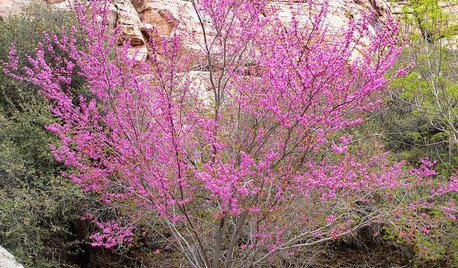
GARDENING GUIDES10 Top Native Plants for Northern California Gardens
Enjoy a fuss-free, water-wise garden by growing plants naturally in tune with the climate and wildlife of Northern California
Full Story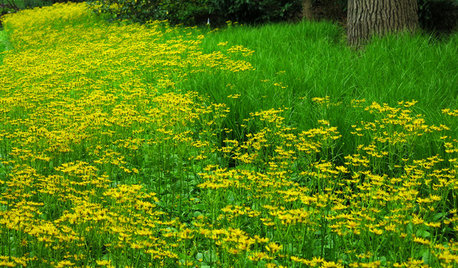
FALL GARDENING5 Native Early-Spring Bloomers to Plant This Fall
Think beyond tulips and daffodils this year with plants that you and native pollinators will love
Full Story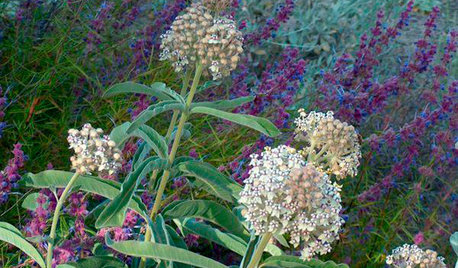
GARDENING GUIDES10 Top Native Plants for Southern California Gardens
Enjoy a fuss-free, water-wise garden by growing plants naturally in tune with the climate and wildlife of Southern California
Full Story







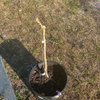
sujiwan_gw 6b MD/PAOriginal Author